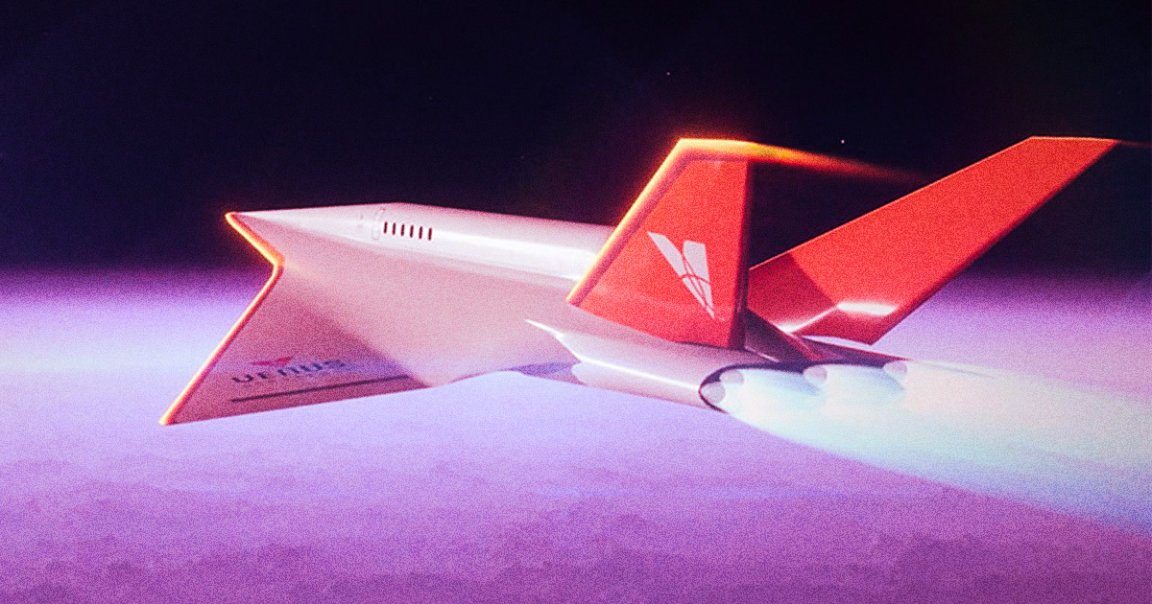
Round the World
Making stuff go fast is one of humanity’s most basic and thrilling engineering pleasures.
Now the startup Venus Aerospace wants to take that to another level entirely by creating a passenger aircraft that can go not Mach 1, Mach 2… but Mach 9 — or over 6,900 miles per hour.
“How much does the world change if you can get anywhere in an hour?” Sassie Duggleboy, CEO of the startup that she co-founded with her husband Andrew Duggleboy, told Ars Technica in a new interview.
Insane Speeds
You probably don’t need us to tell you that Mach 9 is ludicrously fast. The fastest manned airplane in history remains the Lockheed SR-71 Blackbird, with a top speed of over Mach 3 — and that was only designed to carry two pilots. Venus Aerospace wants its plane to ferry a dozen passengers, plus crew.
So a closer touchstone would be the legendary Concorde supersonic airliner, which boasted a top speed of around Mach 2 and an impressive capacity of over 100 hundred passengers. Still, going from twice the speed of sound to nine times the speed of sound would be quite the leap for a passenger plane.
Unlike those icons of aerial speed, though, the Dugglebys want their plane, which they’re calling “Stargazer,” to make use of rocket engines that will bump the craft with a ten minute speed boost after take off, propelling it to over 30 miles in altitude. For comparison, the typical cruising altitude of commercial airliners is between six to eight miles.
That would obviously entail a powerful rocket, but building something powerful is the easy part. Efficiency is the real challenge, as rocket engines aren’t nearly as economical as their air-breathing jet engine counterparts. In rocket time, an all-out ten minute burn is an eternity.
Dream Rocket Rotation
To circumvent that, Venus is making use of an experimental form of propulsion driven by what’s known as a rotating detonation rocket engine (RDRE), a design that NASA has also been flirting with.
In a conventional rocket engine, thrust is generated through the combustion of propellant and an oxidizer that’s burned inside a chamber.
An RDRE, on the other hand, creates a continuing series of controlled detonations around a circular, or annular, channel. Designing such an engine isn’t easy, but the payoff is worth it, producing more thrust with less fuel.
Ars notes that tests have generally found RDEs to be about ten percent more fuel efficient than conventional rockets — an increase that’s small percentage-wise, but big in terms of practical impact.
“It allows us to truly build a vehicle that is like an airplane,” Andrew Duggleby told Ars.
Whatever the technology, designing a passenger plane that goes Mach-f*cking-nine is the longest of long shots, and the pipest of pipe dreams. But if the Dugglebys are adopting the same rocket tech as NASA and other space agencies, they just might be onto something.
More on rockets: Richard Branson’s Virgin Orbit Rocket Company Files for Bankruptcy